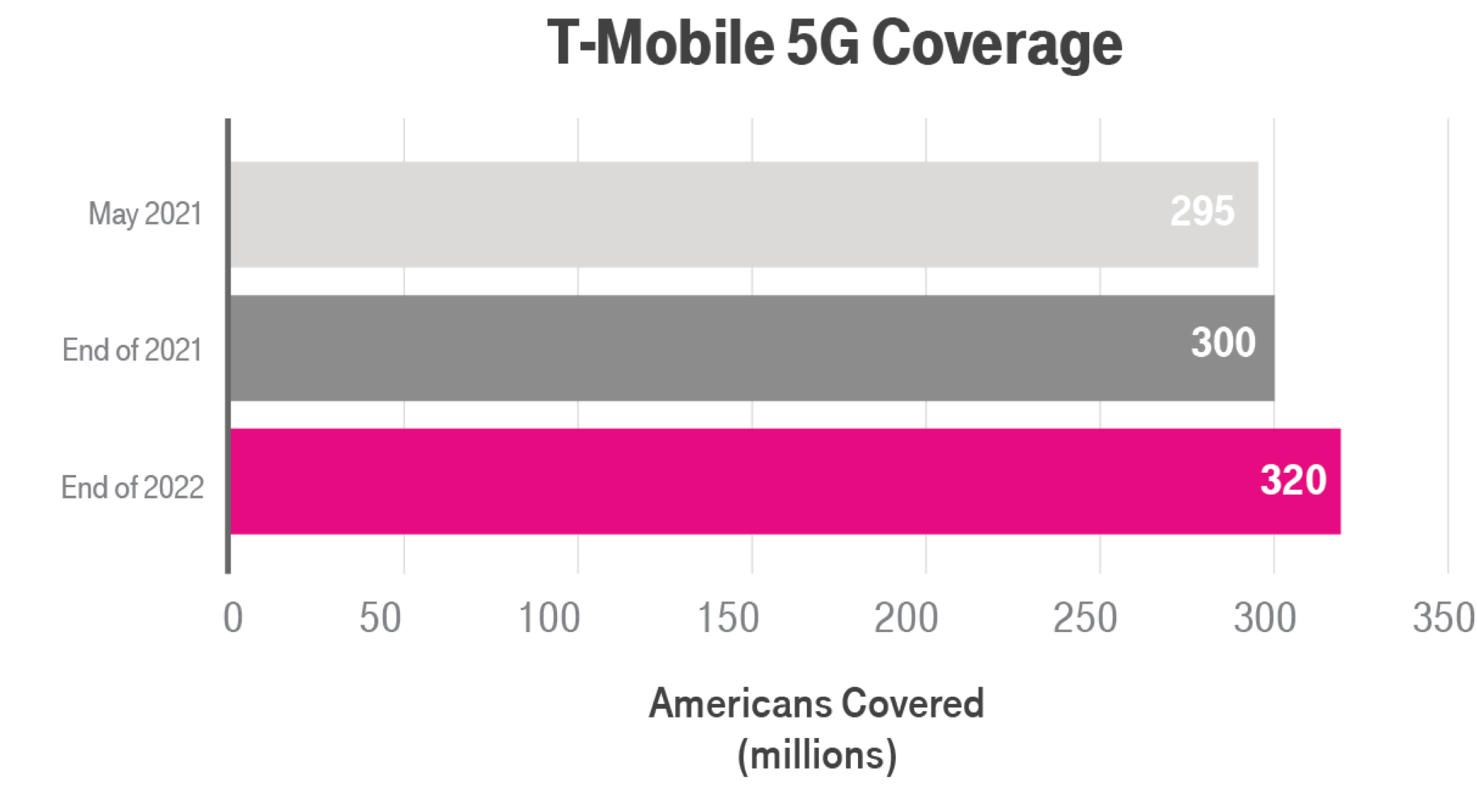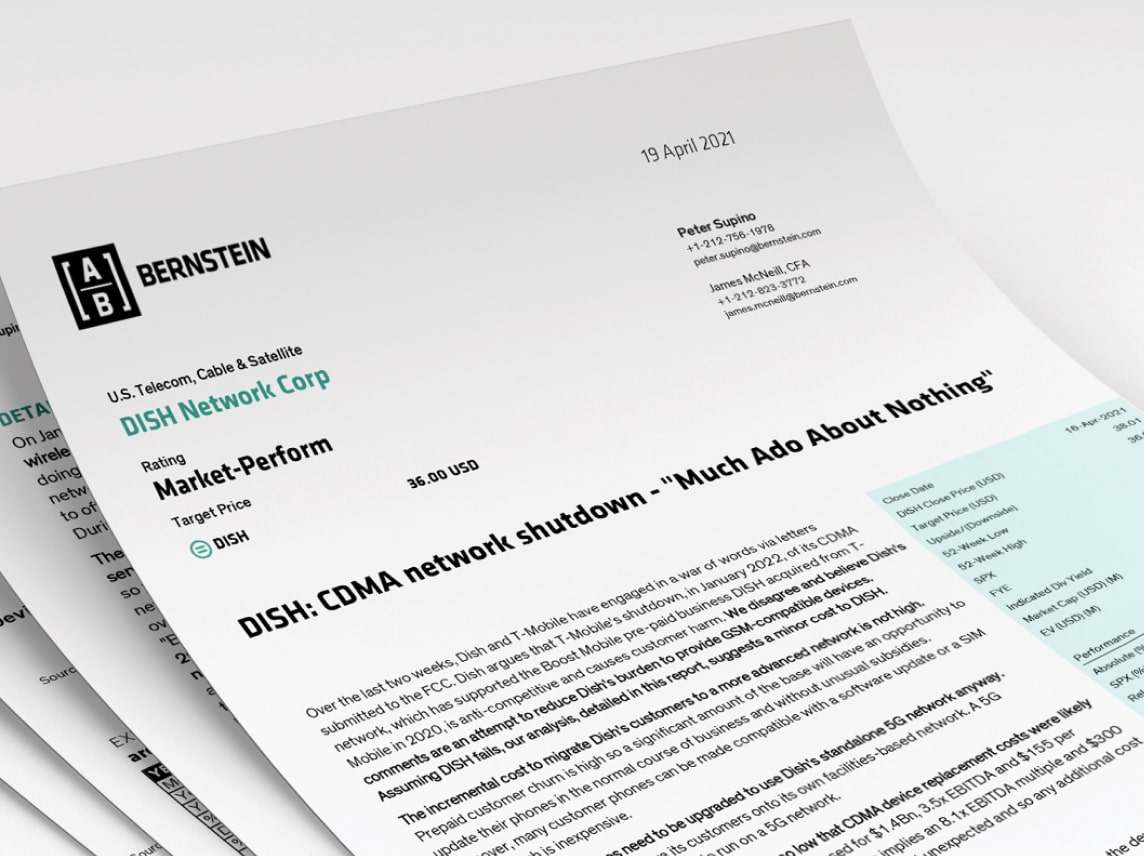Next-generation “5G” wireless has gone from hype to reality. After embarking on a multi-billion dollar technology investment campaign, T-Mobile today covers 88% of all Americans with 5G. The company intends to cover 91% of Americans nationwide by the end of 2021 and a stunning 97% of Americans by the end of 2022.
Deploying 5G
What does 5G mean for consumers? Blazing fast speeds, for one. And much lower latency, or lag, between when you request data and when you receive it for another. Lower lag is great for gamers, and it’s indispensable for delivering on the next-generation industrial automation, augmented reality, and other advanced technologies that depend on minimizing delays in data processing over a network connection.
5G Benefits
For operators, moving to more advanced technologies can eliminate inefficient lease expenses for multiple antennas and redundant software license fees, and they also no longer have to spend time and money trying to prolong the life of an aging, under-performing system that no longer has a robust ecosystem of replacement parts and services to sustain it. Finally, transitioning to new network infrastructure reduces energy consumption and increases power efficiency, which produces a less carbon-intensive footprint.
In with the New
One of the oldest networks still in operation is Sprint’s former CDMA network. In 1996, CDMA was the newest, fastest technology boasting speeds that could approach 3.6 Mbps. But two generations of technology and twenty-five years later, CDMA technology is showing its age. 5G networks, including T-Mobile’s Ultra Capacity 5G, deliver speeds some 100 to 300 times faster than CDMA with speeds approaching 1,000 Mbps. 5G also provides advanced E911 location-finding capabilities to help first responders quickly locate people in distress that CDMA simply cannot offer. And unlike CDMA, 5G devices are compatible with the 4G network; therefore, if a disruption on a 5G network results in an outage, customers can roll over to the 4G network to stay connected.

Been There, Done That
The transition from 3G to 4G and 5G is not the first, nor will it be the last transition to a new network technology. Globally, more than twenty 2G networks and at least five 3G networks were decommissioned as of mid-2019. Here in the U.S., AT&T, Verizon, and T-Mobile have all announced plans to transition from 3G to 4G and 5G networks.
T-Mobile will discontinue use of Sprint’s legacy CDMA network by January 2022. T-Mobile has strong incentives to do everything possible to avoid customer disruptions since consumers can readily move to another operator if they are dissatisfied with the experience. The same should hold true of other operators, such as DISH, which leases spectrum capacity on a wholesale basis from T-Mobile.
Moving on Up
For its part, T-Mobile has adopted a three-part plan to ease the transition for customers. First, T-Mobile has stopped activating CDMA devices on its networks. Second, T-Mobile has offered a number of promotions to encourage consumers to take advantage of the capabilities of the new networks by upgrading to new, more technically advanced devices. Third, T-Mobile will give those who have not recently upgraded their devices free 5G handset replacements to ensure continuous connectivity.


